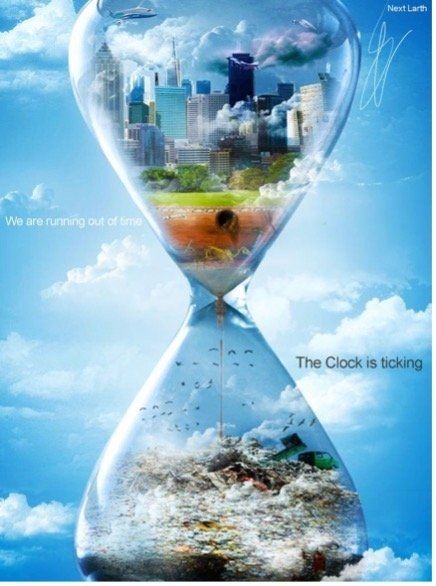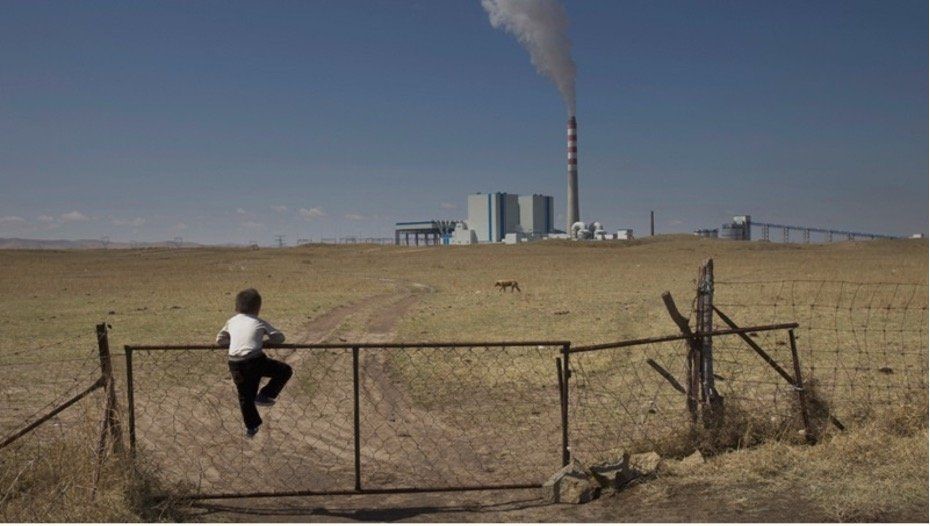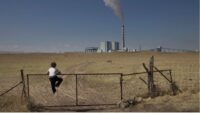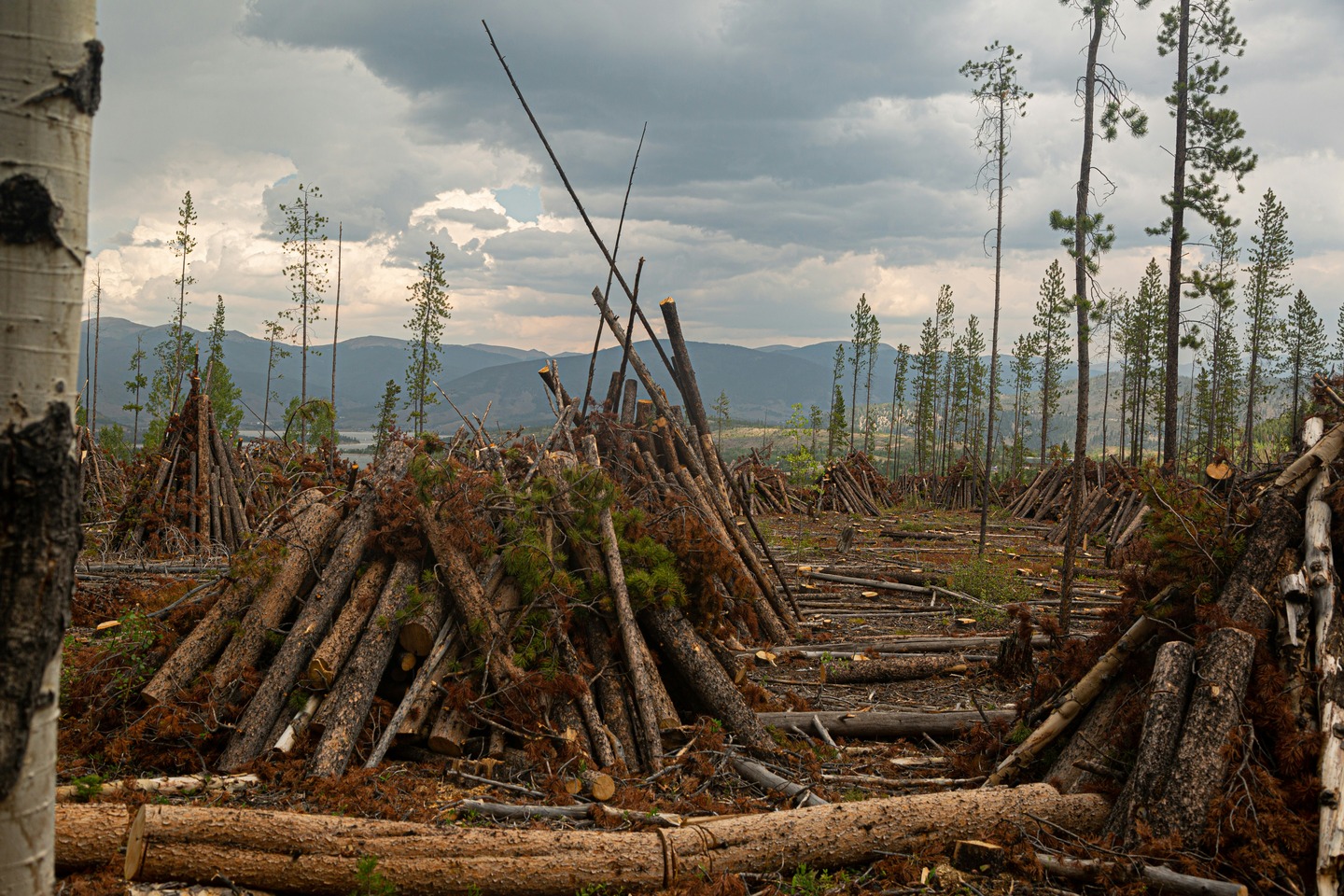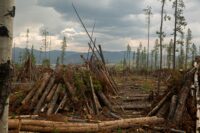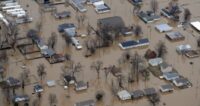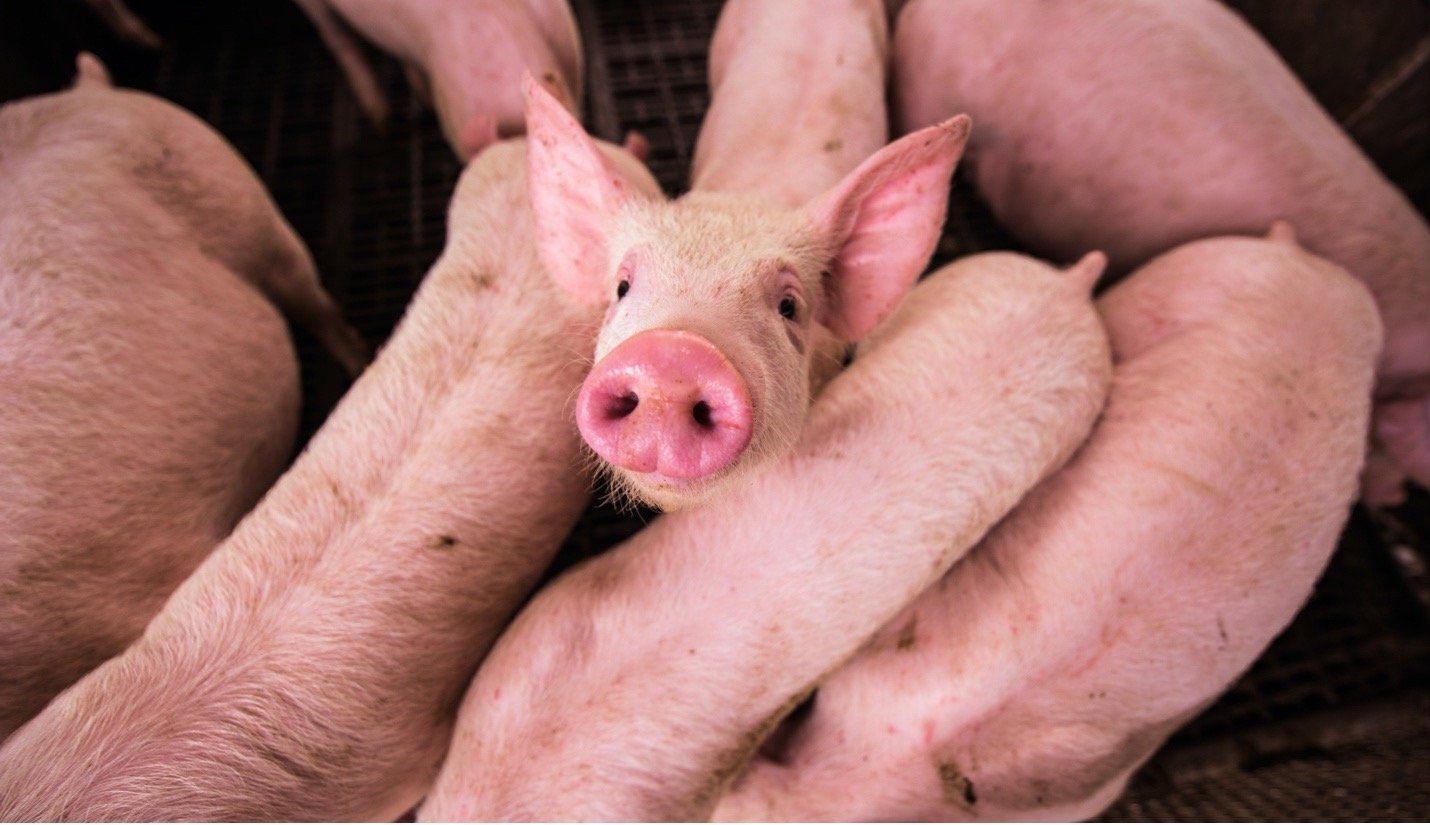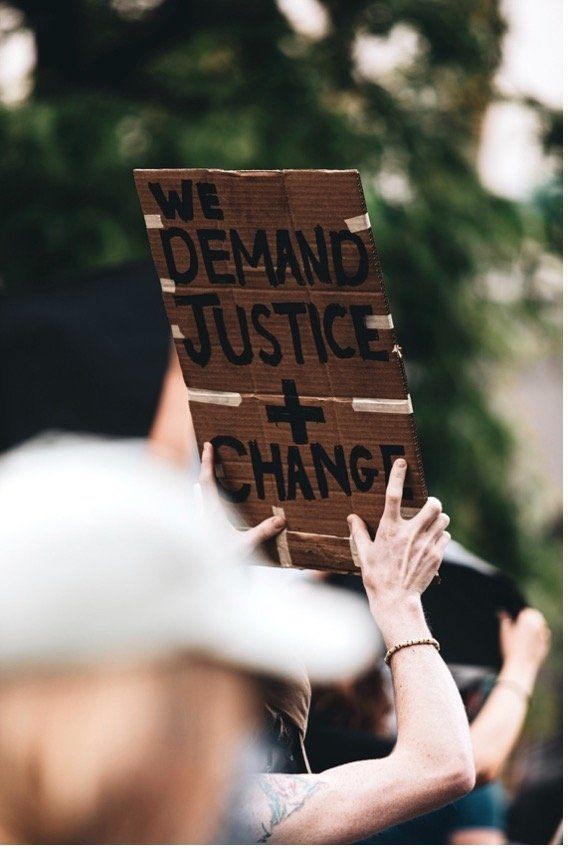2022 TOP 10 BLOG
Up Next for Infrastructure: All Eyes on Federal Agencies
VJEL Staff Editor: Sandra Santiago
Faculty Member: Jennifer Rushlow

In response to the climate crisis, and its impacts on the United States, Congress passed the Infrastructure Investment and Jobs Act (IIJA), H.R. 3684, on November 05, 2021. President Biden signed the bill into law on November 15, 2021. As we watch the implementation of the IIJA in 2022, it is critical to focus on how federal agencies execute the responsibilities assigned to them in the new law. We should also watch how different states spend – or don’t spend – the federal funds allocated to them. Below, we discuss the equitable distribution of federal funds using the Weatherization Assistance Program, as recently reauthorized by the IIJA, as an example and identify measures available to help shape state spending of federal funds to ensure equitable distribution.
As passed, the IIJA provides a historic investment in clean transportation, water, and power infrastructure. In contrast to most prior policy efforts to promote clean energy, the IIJA includes a focus on investment in underserved communities, evident in provisions like the reauthorized funding for the Weatherization Assistance Program (WAP). The WAP is a federal program run by the Department of Energy (DOE) for low-income households. The IIJA includes the highest amount of funding for the WAP program since its creation in 1977, allocating $3,500,000,000 for distribution by the Secretary of Energy for fiscal year 2022.
Household energy costs and burdens
The average annual household energy-cost in the United States ranges widely, from $930 to $4,700 per household. Disparities in energy-cost are particularly stark on Indian reservations compared to surrounding areas. In Minnesota, for instance, the annual average is $1,780, while the White Earth Reservation average is $4,100. This disparity is common across the country.
High energy-costs lead to high “energy burden”: the percentage of a household’s income that is spent on energy. Low-income households spend approximately 10% more of their annual income on energy-cost than other households. High energy burdens are typically associated with deteriorated housing stock, which are disproportionately occupied by low-income households. Outsized energy burdens also affect a household’s ability to secure other necessities. A 2015 survey showed that in 2014, 33% of people did not buy food and 27.5% had to forego filling prescriptions in order to pay their energy bills. Typically, a household qualifies for weatherization if their household is at or below 200% of the Federal Poverty Level Income Guidelines. WAPs help reduce energy burden through cost-effective building by making shell improvements such as insulation and air sealing, HVAC systems, and lighting.
WAP funding
For over forty years, the WAP has worked with the State Energy Program (SEP) to weatherize homes in all 50 states, Native American Tribes, and U.S. territories. The SEP establishes plans and strategies to achieve state-led energy goals and priorities. States play a prominent role in administering WAP programs, tailored to each state’s resources.
Congress initially authorized WAP under Title IV of the Energy Conservation and Production Act (ECPA). Section 414 of ECPA requires that WAP funding be distributed “among low-income persons.” The ECPA also factors in the “number of dwelling units to be weatherized, the climate conditions in the state [or territory], the type of weatherization work to be done, and other factors as the DOE may determine necessary.” The Code of Federal Regulations directs the DOE to allocate funding for each state from the sums appropriated. Continued program funding is subject to DOE policy changes.
In 1995 the DOE changed the WAP formula allocation to ensure a more equitable distribution directed by the State Energy Efficiency Programs Improvement Act of 1990. Prior to 1995, the DOE essentially provided equal funding to all 50 states (with the exception of Alaska, which received more due to high heating costs). In constrast, the current formula considers the share of the U.S. low-income population within that area and the energy needed to heat or cool a building when the temperature is below or above 65 degrees Fahrenheit.
The only WAP restriction that Congress sets out in the IIJA is that “50 percent is used to make grants to States and Indian Tribes,” while the other “50 percent is used to award grants to eligible entities.” The DOE maintains oversight of implementation through the requirement that States and Indian Tribes “submit to the Secretary … a plan” to receive annual funding. The plan “shall describe the criteria and methods that will be used by the State or Indian Tribe to award grants to eligible entities… and describe the proposed funding distributions and recipients of grants to be provided by the State or Indian Tribe.”
Flawed and inequitable distribution of WAP funds
Despite what looks like a lot of funding, WAP funds have not reached most eligible families. In 2009, DOE found that 95% of the eligible homes were not weatherized. From 2010 to 2020, Minnesota received $98.4 million and weatherized 10,657 homes; and Arizona received $19.7 million and has weatherized 2,280 homes. There are clear are discrepancies in the amount of weatherization done, and the apparent efficiency of weatherization dollars spent, across jurisdictions.
Historically, funds for tribes are distributed at the state level creating barriers for tribes and inconsistency in funding. Maine, for example, dictates that tribe members “shall receive benefits equivalent to the assistance provided to other low-income persons within Maine.” However, the five tribes within Maine receive 3% of Grantee’s DOE grant award. As of 2010, 500 tribal members’ homes in Minnesota qualified for weatherization.Yet, Minnesota only weatherizes 20 homes a year. The Seminole Tribe in Florida indicated that weatherization funds was a priority in a 2011 Housing Needs Report. To help reduce energy cost among reservations WAP must change how funding is allocated.
The IIJA takes an important step in asserting Congress’ intentions for infrastructure spending and addressing climate change. Given President Biden’s coincident focus on climate, energy, and equity, we would expect to see programs like the WAP improve in establishing equitable implementation and distribution of funds. As a funding authorization, it primarily provides power to executive agencies to set regulations and conditions on spending. Heavy reliance on executive implementation creates risk when it comes to ensuring the IIJA achieves its outcomes. Federal agencies reflect the agenda of the current presidential administration, which can result in shifting policies as administrations change and set different priorities. This should be a red flag for federally funded agency programs that have already largely failed to adequately achieve the intended results, like the WAP. For instance, Native Americans living on reservations still have the highest energy burden under the old WAP. Many states have failed to address these burdens through equitable distribution of WAP funding. On the other hand, giving agency rulemaking power provides opportunities for formal community engagement that may be more accessible than trying to directly influence congresspeople during the legislative process. The current WAP allocation formula can be changed through the rulemaking process.
Looking Ahead
As the WAP demonstrates, the efficacy of well-intentioned, congressionally authorized federal spending programs hinges on strong, consistent, and equitable agency implementation. Given that so many of the aims of the IIJA will depend on implementation by federal agencies, we will need to look for transparency tools to ensure that the new infrastructure law achieves its goals in 2022.
President Biden’s recent complementary efforts, such as the Justice40 Initiative, are helpful in this regard. The Justice40 initiative sets out “a plan to deliver 40% of the overall benefits of climate investments to disadvantaged communities and inform equitable research, development, and deployment.” The Justice40 initiative establishes an Economic Justice Screening Tool to achieve the 40% distribution. This screening tool provides information to agencies about disadvantaged communities and helps inform their work. By having more information, agencies can better direct aid to those who need it the most and have been underserved in the past.
Agency monitoring systems are an important tool for tracking the implementation of the IIJA, in particular. The WAP monitoring system requires state grantees to submit a comprehensive monitoring plan annually to continue receiving funding. A well-implemented monitoring system can highlight issues in the system, leading to quicker adjustments.
We should also see a rise in pilot programs. Justice40 identifies 21 priority programs within nine agencies for immediate action. The Justice40 pilot program initiatives help agencies with a more equitable implementation of IIJA by directing agencies to develop engagement plans such as nation-to-nation consultations with Tribes. Agencies are also directed to identify and avoid barriers that affect disadvantaged communities. Most importantly, Justice40 directs agencies to establish a minimum threshold in program guidelines and to describe legislative changes required to advance the initiative.
President Biden and his party had to push hard to get the IIJA through Congress, getting over the finish line with concessions and a very close vote. Now, all eyes turn to what the President will do with what he got; ultimately it will be up to his Administration to get results. In 2022, we’ll watch to see how the executive branch delivers on the promises of 2021.


